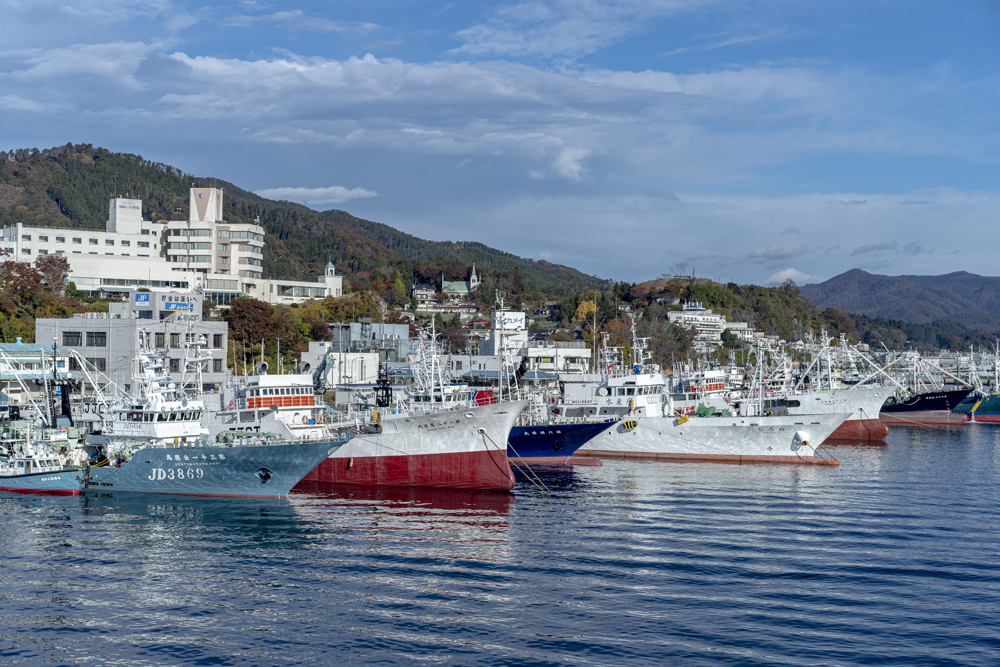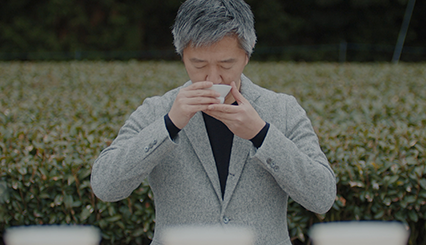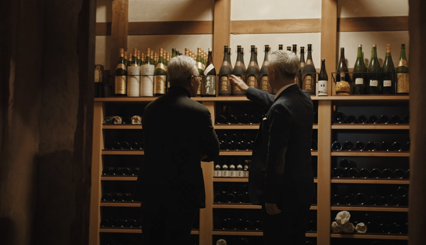CASE STUDY
Search by area
Search by keyword
- All
- Ryotei & Restaurants
- Lodging/Hotels
- Producers
- Technology
- DX (Digital) & SNS
- City Planning
- Utilization
- Gastronomy and Culinary
- Japanese Nature
- Japanese history and traditional culture
- Japanese Food Culture
- Agriculture
- Fisheries
- SDGs
- Local production for local consumption
- Foreigner Activation
- Experience
- Overseas Expansion
- Fermentation
- Public-private partnerships and collaborations
- Sake
- Community Revitalization
- Spirituality
- Japan of the Sea
- Mountain Japan
VIEW ALL
-
Kesennuma City in Miyagi Prefecture is surrounded by sea and mountain, and its port has landed the largest volume of katsuo, or bonito, in Japan for 25 consecutive years. During the 2011 Tohoku earthquake, however, the area in and around the city suffered huge damage. Now, Kesennuma is transforming into an attractive city with new ambition. With the worldwide support,the development is thanks to locals who rediscovered their city’s attractions and developed a strong desire to the reconstruction, and new individuals from outside who sympathized with the city’s passions. Today, both born and bred locals and supporters from outside the city are working together to create an integrated regional model. Welcoming outsiders with open arms and respecting diversity—speaking to those engaged in the creation of a new Kesennuma has helped to shine a light on the strategies and ideas involved.
Read more -
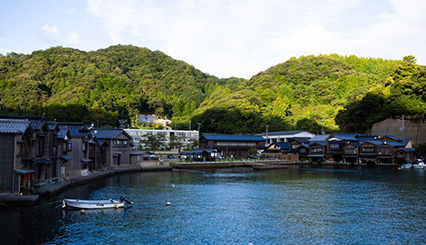
Kinki
14 Lifestyles in Close Proximity to the Sea.An Area that Brings Together Sustainable Development and Unique Attractions—Ine Town
Ine Town, located in the northern part of Kyoto Prefecture, is known for its funaya, or wooden boathouses. One of the most scenic spots in Japan, the town is frequently used as a filming location for movies and TV dramas. Visitors to Ine Town can experience what it is like to live closer to the sea than anywhere else in Japan. The sea and the fish within it could not be any closer. What is the best way to communicate the unique charms of Ine Town to the wider world? Today, the ideas of Ine locals are gradually taking shape. Be it initiatives to promote the area’s unique seasonal delights, including early summer oysters, autumn squid, and winter yellowtail; accommodation limited to one group per day where guests can fully enjoy being right next to the sea; or new tourism projects to further vitalize the town. Locals are steadily making progress toward the future while balancing the history and nature of Ine Town with entirely new elements.
Read more -
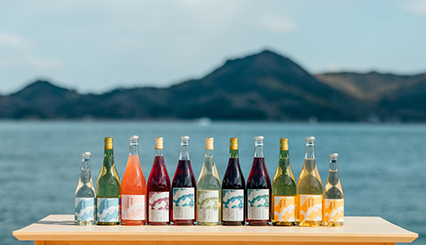
Chugoku
13 Creating New Value—the Setouchi Terroir
SETOUCHIJOZOJO, the closest winery to the sea in Japan, was established in 2021 on the remains of a shipyard in Sunami, an area in Mihara City in Hiroshima Prefecture. Right in front of the winery is Mihara-Seto, where is said to be one of the most popular sights of the Seto Inland Sea for the beautiful landscape of many islands. The winery’s buildings cut the landscape which is picturesque and spreads over wherever you see. The concept for SETOUCHIJOZOJO is “Wine and Winery that Travels around Setouchi.” Utilizing the unique features of each ingredients’ producing regions, they produce wine and cider without any additional sugar, placing the utmost value on the original flavor of the fruits and the producers’ thoughts and ideas. At the winery’s adjoining restaurant, Mio, visitors can enjoy pairing seasonal foods from the Setouchi area and various wines and ciders created from products from the mountains. The restaurant has recently garnering attention as a new tourist hotspot of the Seto Inland Sea. For Yuya Ota, owner of the winery and restaurant, this was not a family business, nor does he have any experience in winery and restaurant management. Ota says that the biggest power in setting up the business from the ground up was “co-creation with regional stakeholders.”
Read more -

Kita-Kanto
7 Become a Kurabito. Enhancing the Value of Japanese Sake through a New Form of Sake Brewery Tourism
KURABITO STAY and Kitsukura Shuzo have teamed up to offer a completely new sake tourism program within the grounds of a 330-year-old sake brewery. This new program enables visitors to stay at a renovated, century-old lodging that was used by former kurabito, or sake brewers, at the Kitsukura Shuzo sake brewery in Saku, Nagano Prefecture. In addition to enjoying locally produced sake and delicious local dishes during their stay, guests can take part in the sake brewing process. It is an activity that fans of Japanese sake will want to experience at least once. Held on weekends only, since its launch in March 2020, the special program has been so popular among guests that some have even come back for more. KURABITO STAY, Inc. is the company responsible for developing and running the program. President Marika Tazawa’s aim is to boost sake-related tourism, engage in new branding activities for sake breweries, and promote tourism that brings joy to everyone involved.
Read more -
Straddling the Shiota River in Ureshino, Saga Prefecture, the Wataya Besso hotel complex spreads across the 66,000-square-meter property to offer several hot spring baths, restaurants, and a large number of luxurious guest rooms. Even before the COVID-19 pandemic struck, long-established onsen ryokan (traditional hot-spring inns) across Japan had been struggling to survive changes in society and people’s tastes. Faced with these challenges, Wataya Besso’s industry-leading initiatives are gaining attention. We talked with CEO Yoshimoto Kohara, the visionary behind innovative projects which extend beyond normal ryokan operations, including a new workcation office program that integrates all the best aspects of the ryokan, and an initiative in which the hotel serves as a hub for promoting the charm of the local area.
Read more -
“If we let ourselves be too restricted by the perceived value of traditions worth preserving, we will be unable to move forward, and we will remain stagnant,” says Ryuichiro Masuda, the fifth head of Masuda Sake Brewery in Toyama Prefecture. Masuda is also a collaborator in the groundbreaking IWA sake project founded by Richard Geoffroy, who served as the fifth chef de cave (cellar master) of Dom Pérignon. Sake has a history of over a thousand years, but Masuda believes that the industry suffers from “a lack of branding power and strategy.” His business philosophy of “Do what needs to be done right now” has guided his efforts in big projects now coming to fruition: the IWA project, which is breathing a fresh sense of value into sake, and a town revival project to attract artists, breweries, and exciting new shops to the beautiful old neighborhood of Iwase, where he grew up, in the city of Toyama.
Read more
記事検索
キーワードから探す
- すべて
- Ryotei & Restaurants
- Lodging/Hotels
- Producers
- Technology
- DX (Digital) & SNS
- City Planning
- Utilization
- Gastronomy and Culinary
- Japanese Nature
- Japanese history and traditional culture
- Japanese Food Culture
- Agriculture
- Fisheries
- SDGs
- Local production for local consumption
- Foreigner Activation
- Experience
- Overseas Expansion
- Fermentation
- Public-private partnerships and collaborations
- Sake
- Community Revitalization
- Spirituality
- Japan of the Sea
- Mountain Japan
VIEW ALL


